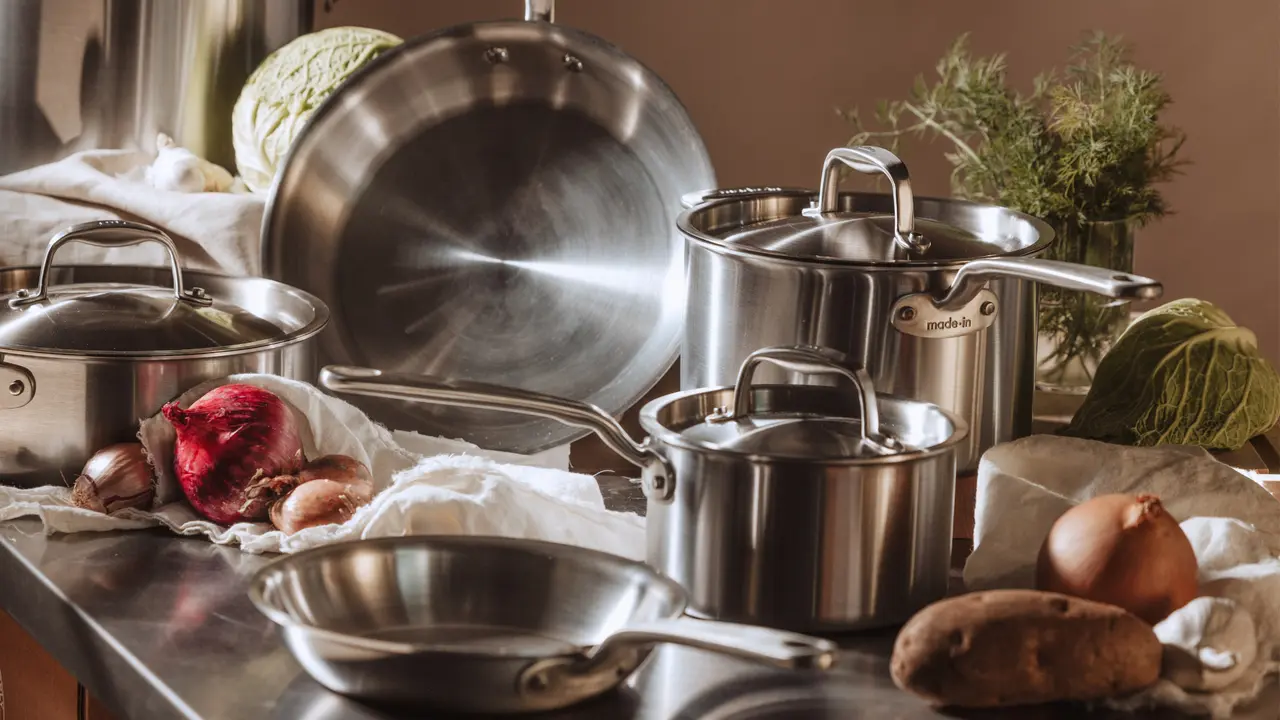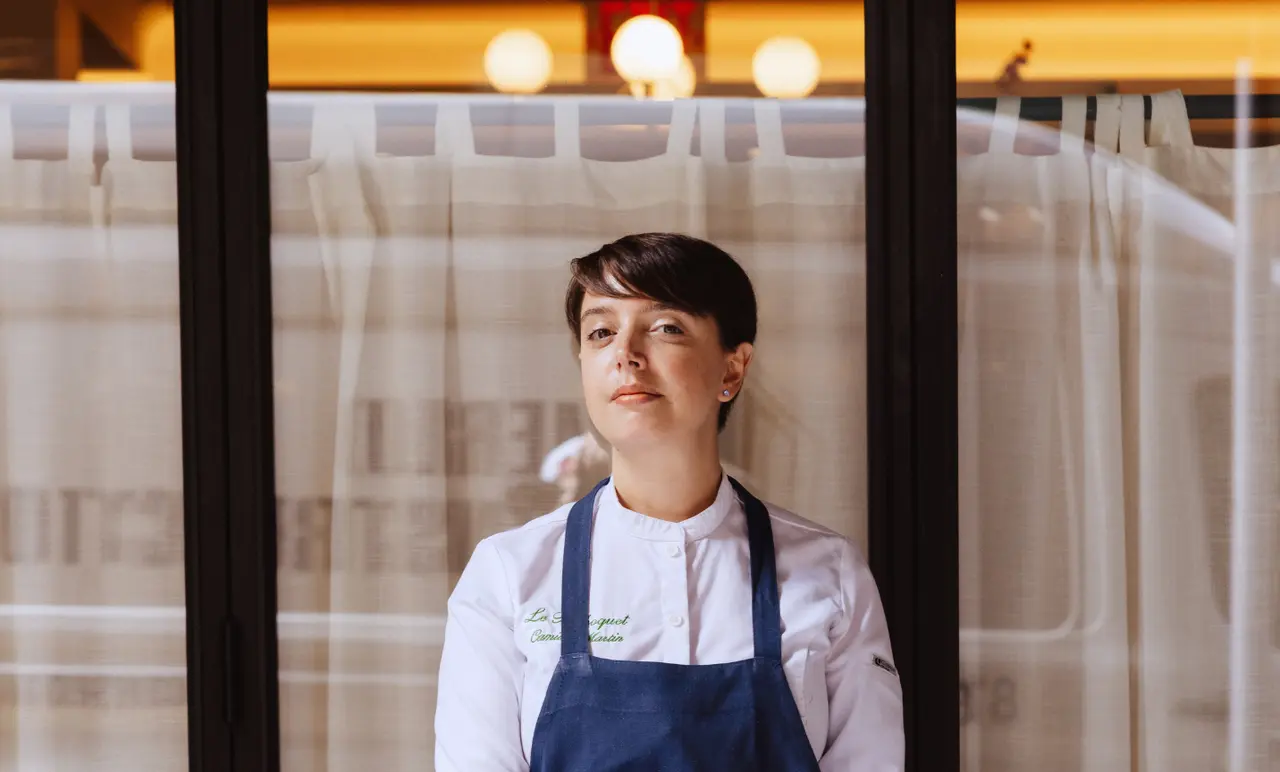“For you to understand where I’m from or where I’m going, you have to understand my story,” says Chef Tavel Bristol-Joseph, “My story is in my food and I want to showcase that as much as possible so you can understand and relate and have an idea about who my people are.”
The Food & Wine Best New Chef of 2020, Executive Pastry Chef and Co-Owner of six restaurants (Emmer & Rye, Hestia, Kalimotxo, TLV, and Henbit) is beaming as we discuss the latest addition to his resume, Canje, now open in Austin, TX.
Named after the National Bird of Guyana, Canje formed when Chef Tavel was looking for a Caribbean restaurant in Austin. “There just wasn’t any,” he says, adding “The void has always been in the back of my mind. It has always been in my heart, and I wanted to fill it the best way that I could. So the opportunity came to do a piece that represented the Caribbean, from Haiti, to Belize, Puerto Rico, inspired by Caribbean countries and what they have to offer, I jumped at it.”
Canje, an Afro-Carribean concept, represents Chef Tavel’s life, or the part he feels has been most untold. After moving to Brooklyn at the age of 17, Chef Tavel says he felt as though he’s never had a chance to look back at where he’s from.
“This was the time for me to channel my life from the age of 5 to 17, growing up in Guyana, that truly spoke to me, that made me excited, that was my normal,” he said. “And I’m so excited for people to experience the beauty of where I’m from, what I’ve learned along the way, and how it blends all together.”
Here are five dishes at Canje, some of Chef Tavel’s favorites, and the stories behind them.
Plantain Chips
“This is one of those snacks that as a kid, coming out of school, you’d stop at the guy on the street selling plantain chips, and he’d put a little mango sauce, sometimes it’s spicy, and you kind of snack on that when you go home. It’s a staple everywhere throughout the Caribbean.
At Canje, we thinly slice green plantains, fry them, and serve it with two different sauces. The spicy mango sauce is one everyone in the Caribbean makes at home. They cook green mangos down with a little bit of garlic . But at the restaurant, we grate half-ripe mangos, cook it for a bit with some chile, leave it to let it ferment for a while, and add fresh grated mango. It creates two textures that add a lot of body to the sauce.
We also added mayonnaise because everyone isn’t going to want to eat a spicy sauce, and who doesn’t love a chip with mayonnaise.”
Codfish Fritters
“Every country in the Caribbean has their own version of a dish with fried dough, and what’s inside is always a little different—peas, herbs, or spices—but the small fried dough is the common denominator.
This dish comes mostly from a Puerto Rican kind of perspective because their version involves Codfish. The cool thing is we have Cod on our menu, so we cut all the scraps off, save them, and bury them in salt. After they cure for 4-5 days, we utilize them as part of our fritters. We serve it with a Mole Rojo sauce, we saute a bunch of sweet peppers with some herbs, and blend it all together. It’s really herbaceous, kind of like a chimichurri or a pesto.
Being born in Guyana, and being born poor, I learned how to utilize every single thing I could, so nothing is wasted. But at the same, after coming to the US and being in restaurants for 25-years, I also learned the value of utilizing as many by-products as possible. So it has always been something important to me.”
Wild Boar Pepper Pot
“Pepper Pot is a traditional Amerindian dish that they were making in Guyana for a long time. It’s something that you only eat around Christmas time, because it’s all about celebration. But for me, I want to have people to have access to foods that are not necessarily common in their world, and especially in Texas. In my mind, I didn’t want to wait until a season comes, because not everyone is going to visit Canje during Christmas, and that is a dish I’m very proud of. It’s a shining star in the Caribbean, and not too many people cook it for others—it’s one of those very sacred things. But I want more people to experience the flavors I grew up with.
Pepper Pot is more or less a stew cooked with braised meat—usually anything you have in the house—served with bread or rice. We use Wild Boar as the meat, because in Texas we have a big invasive issue, and so we wanted to help out the environment, too. You combine that with some baking spices like cinnamon, nutmeg, allspice, herbs, fine leaf thyme, scallions, cook down with some beef stock, and this ingredient called cassareep, a reduction of juiced cassava.”
Curry Wagyu Beef
“As much as Curry is an Indian dish, in the Caribbean, it was brought by Europeans. When they came from India, they wanted to bring all of the spices that they had in India, but needed a more convenient way. So they created a blend that’s predominantly Turmeric, Chiles and Fenugreek, and that’s the Curry Powder that is throughout the Caribbean in both color and style.
And so, the curry I grew up eating was very different from the style I had when I got to the US. Caribbean Curry is a staple, but it’s not like Thai and Indian curries most people here are used to.
This dish really spoke to me to put on the menu because we weren’t going to do a steak, so this is kind of our version. And it’s always eaten with Roti, which we make on our own using White Sonoran Wheat. “
Black Cake
“What makes Black Cake significant, like the Pepper Pot, is it’s known as a celebration cake, one that we eat during Christmas time or at most weddings in the Caribbean. It’s meant to represent longevity and because of the ingredients, the cake can last for a very long time.
You know how at weddings, the couple takes the top layer, and puts it in the freezer. The same is true for Black Cake, although you can put it in the fridge and it will last. I once had a 10-year old Black Cake and it was pretty good.
Growing up, my grandma would have this big jar and every time we’d get some fruit, she put some orange flesh, melon skins, and rinds and soak it in some rum, red wine and hibiscus flowers. By November, everything would be fermented. You put it then the blender with some raisins and you end up with this base, perfect for pound cake.
When you bake, you soak it again with dark rum or with red wine. And then cover it. It’s best served the next day because everything kind of soaks in and it’s just delicious.“





















